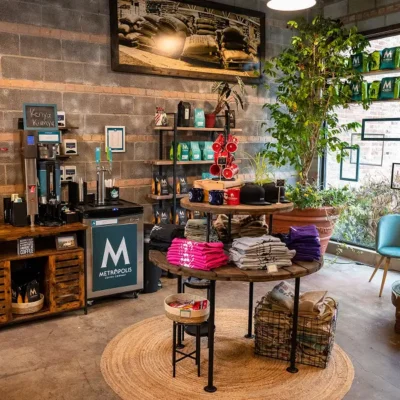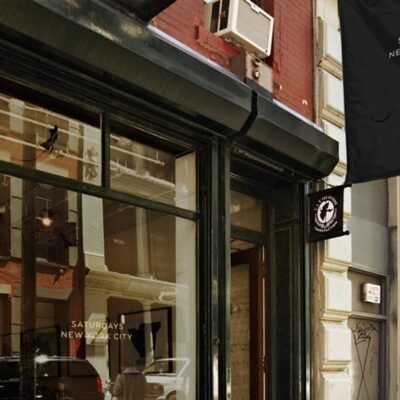The global footwear market is undergoing rapid transformation and expansion. As consumer preferences shift and innovations accelerate, this industry is forecasted to reach unprecedented heights by 2032. According to market analysts, footwear is no longer just about comfort or necessity; it is now a blend of fashion, technology, health, and sustainability.
This detailed report offers a comprehensive look at the footwear market by type, application, and region, projecting trends and growth opportunities that businesses and investors need to watch over the next decade.
Footwear Market Overview

The global footwear market was valued at approximately USD 390 billion in 2023 and is expected to grow at a CAGR (Compound Annual Growth Rate) of around 5.8%, reaching nearly USD 700 billion by 2032. This impressive growth is driven by increasing disposable incomes, the popularity of sports and outdoor activities, and growing fashion consciousness among all age groups.
Read more from Grand View Research
By Type: Athletic vs. Non-Athletic Footwear
The footwear market is commonly segmented into two main types: athletic and non-athletic.
Athletic Footwear includes shoes designed for physical activities such as running, training, and sports like soccer, basketball, and tennis. Brands like Nike, Adidas, and Puma dominate this segment. The athletic footwear category is projected to experience significant growth due to rising health awareness and the global fitness trend.
Non-Athletic Footwear covers casual, formal, fashion, and workwear shoes. This segment is larger in volume and revenue, but growing at a slightly slower pace. Still, demand remains high, particularly in regions with evolving fashion trends such as Asia-Pacific and Latin America.
Explore athletic footwear growth stats on Statista
By Application: Men, Women, and Children
The women’s footwear segment remains the largest in terms of revenue due to a broader product range and frequent style changes. However, men’s footwear is catching up, especially in urban areas where formal and fashion categories are seeing steady growth.
The children’s footwear market is expanding as well, supported by rising birth rates in developing countries and growing awareness of child health and posture. Premium children’s footwear is becoming more common among middle-income families.
By Region: North America, Europe, Asia-Pacific, Latin America, and MEA
Asia-Pacific leads the global footwear market, both in production and consumption. China, India, Vietnam, and Indonesia are key manufacturing hubs and also have large consumer bases. Increasing urbanization and disposable income levels in these countries drive demand for all types of footwear.
North America holds a significant share, with the U.S. being one of the top consumers of branded footwear. Here, innovation and celebrity-endorsed fashion collaborations are major market drivers.
Europe is known for its premium and luxury footwear, with countries like Italy and France leading in fashion footwear production. Sustainability and craftsmanship are key in the European market.
Latin America and the Middle East & Africa (MEA) are emerging regions, with increasing adoption of global footwear trends and rising investments in retail infrastructure.
Read market insights for Asia-Pacific
Key Players Driving the Market

Top companies shaping the global footwear market include:
- Nike Inc.
- Adidas AG
- Puma SE
- Skechers USA Inc.
- ASICS Corporation
- Under Armour Inc.
- Wolverine World Wide
- VF Corporation (Vans, Timberland)
- Crocs, Inc.
- New Balance
These brands are focusing on sustainability, digital engagement, customization, and comfort technology to meet changing consumer demands. Collaborations with celebrities and sports icons also help drive brand loyalty and market share.
More insights on key players from MarketWatch
Market Trends Shaping the Future
Several trends are reshaping how footwear is designed, manufactured, marketed, and consumed:
- Sustainability: Use of eco-friendly materials like recycled rubber, plant-based leather, and biodegradable soles is on the rise.
- Customization: Online platforms now let users design their own shoes, enhancing customer engagement.
- Smart Footwear: Tech-integrated shoes with GPS, step tracking, and posture correction are gaining traction.
- E-commerce Boom: Digital-first strategies and D2C (Direct-to-Consumer) models are expanding market reach and profitability.
- Fashion-Sport Crossovers: “Athleisure” trends blur the line between sporty and casual fashion.
Challenges in the Footwear Industry
Despite positive growth, the industry also faces some challenges:
- Raw Material Costs: Price volatility for leather, rubber, and synthetics can affect profit margins.
- Counterfeit Products: Imitation footwear affects brand reputation and market trust.
- Sustainability Pressures: Brands are under increasing pressure to adopt greener practices.
- Supply Chain Disruptions: Global issues like COVID-19 and geopolitical tensions have exposed vulnerabilities in production and distribution networks.
What to Expect by 2032
By 2032, the global footwear industry will be more digitized, personalized, and sustainable. Regional growth dynamics, evolving fashion preferences, and technology will continue to shape market performance. Companies that can adapt quickly, innovate continuously, and align with consumer values will lead the future.
With the rise of AI in design, smart manufacturing, and data-driven personalization, the footwear industry is entering a golden era of transformation. Businesses, investors, and consumers all have much to look forward to.
Final Thoughts
The global footwear market is set to become one of the most dynamic consumer product industries by 2032. With a balanced mix of tradition and innovation, this sector is gearing up to meet the needs of a diverse, global consumer base. Staying informed and agile will be key to thriving in this competitive space.
For more detailed forecasts and regional breakdowns, visit Allied Market Research.
Also Read – This Bridal Trend Is Taking Over Weddings in 2025






